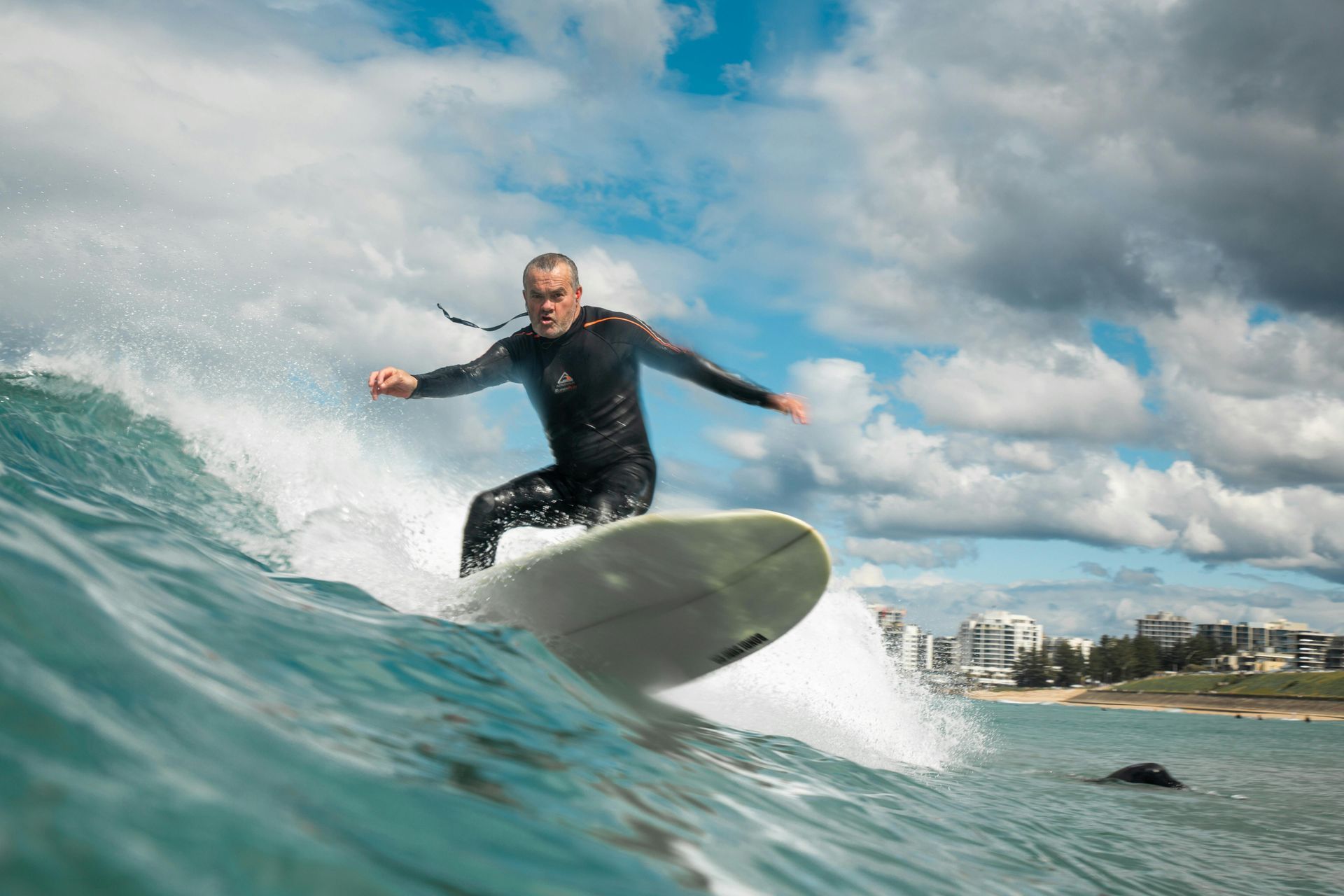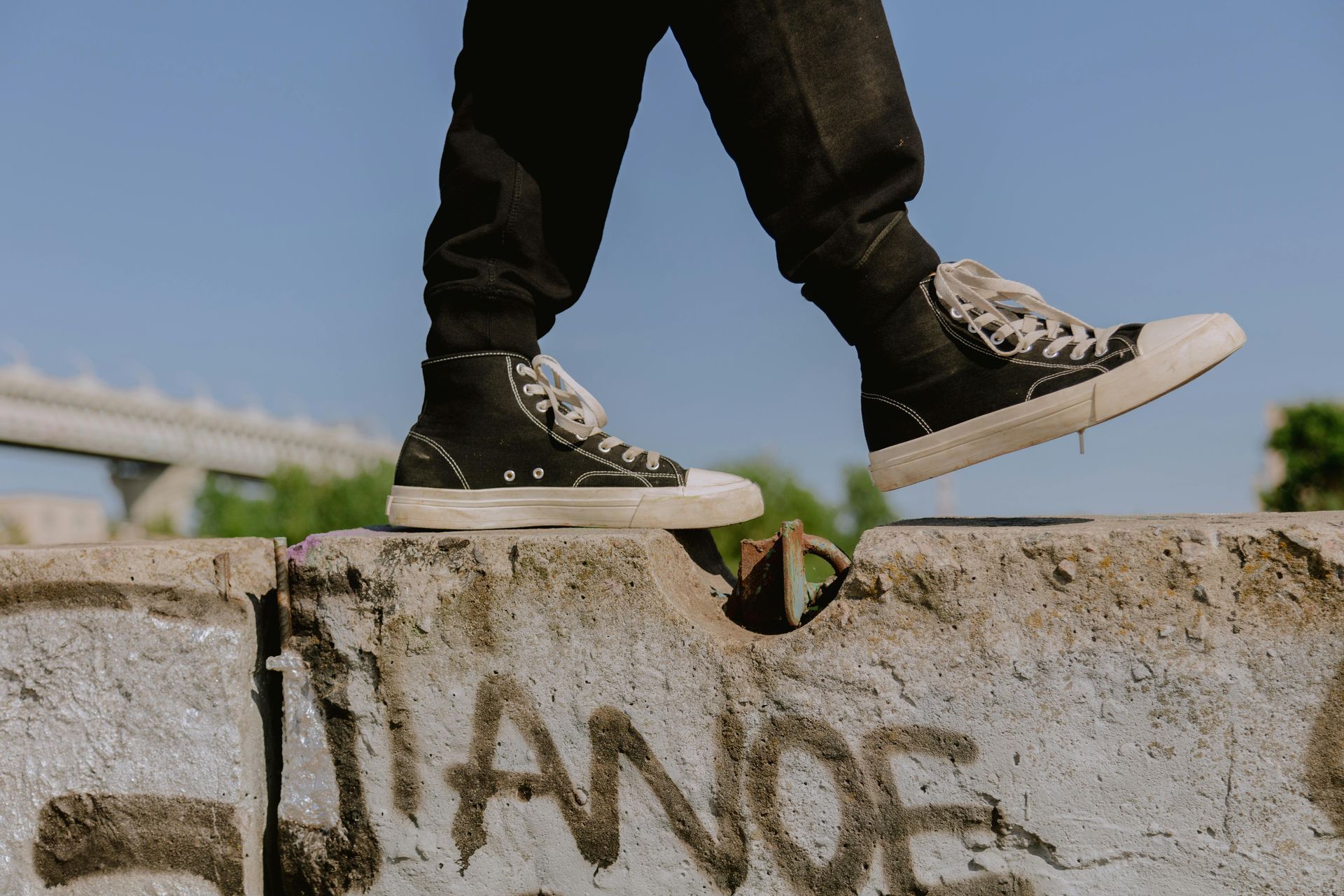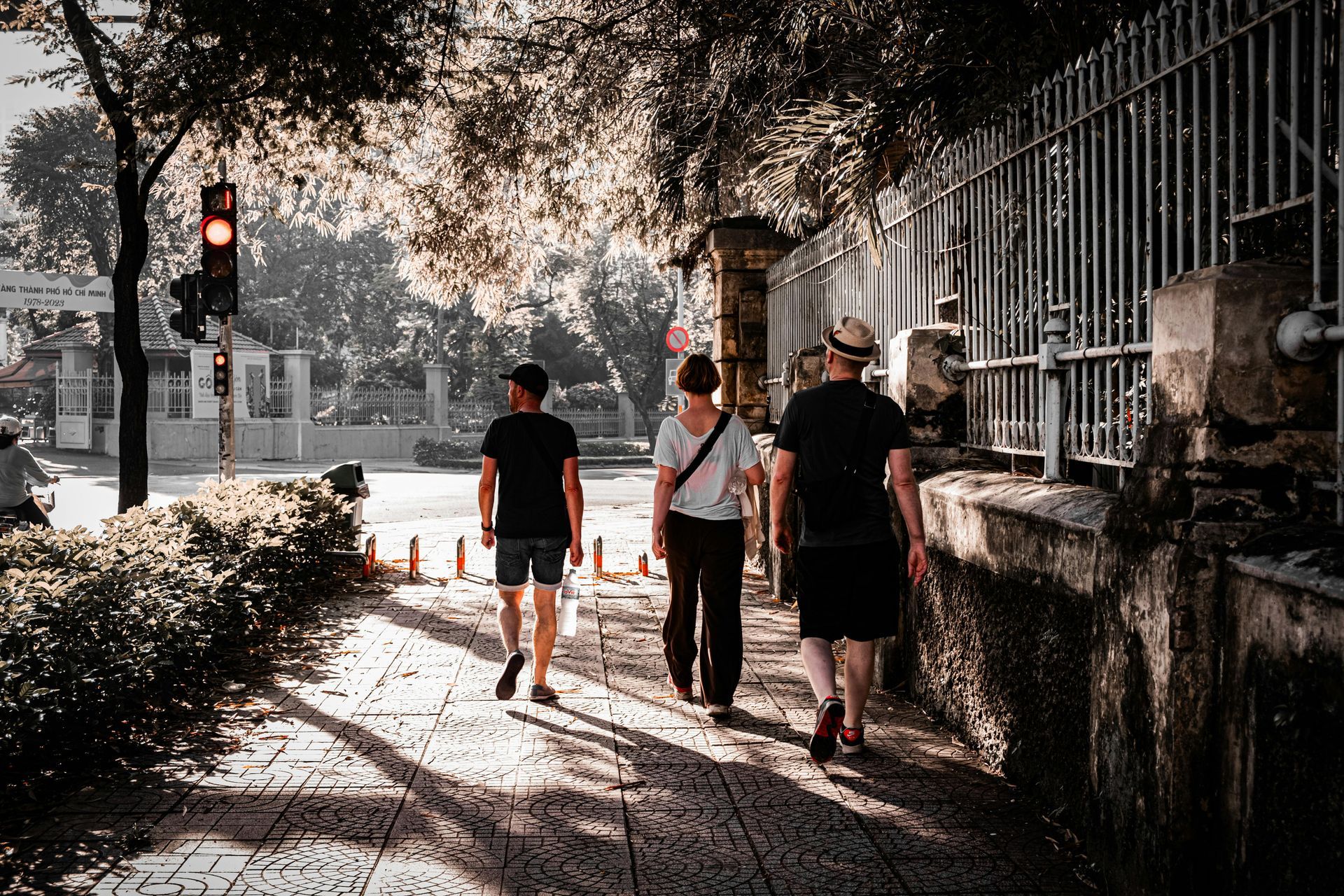Strength Training for Everyone: How to Get Stronger at Any Age
Ever scrolled past a gym selfie and thought, “Strength training? That’s not really for me”?
Maybe you picture bodybuilders lifting huge weights, or athletes in high-performance gyms, and think you’ve missed the boat. Here’s the truth—strength training is for every body, and it could be the missing link between where you are now and a strong, mobile, confident life that lets you live with true mana (strength, pride).
If you’re tired of feeling stiff, a bit achy, or just want more energy for the stuff that actually matters—like chasing the kids, hiking with friends, or simply getting through your day without a grumble from your back—this post is for you. Let’s bust some myths, talk real benefits, and show you how lifting (even light weights!) can change the way you move, feel, and age, building your tinana (body) and wairua (spirit) together.
The Problem: Strength Isn’t Just for the Gym—It’s for Life
Let’s get real. Most of us aren’t chasing a six-pack or a spot on the Olympic podium. We’re chasing quality of life—the ability to move well, stay independent, and feel strong in our bodies (tinana) as we age.
But here’s the rub:
- Modern life is built for comfort, not movement.
- We spend more hours sitting than moving.
- The aches, pains, and “niggles” creep in quietly, and before we know it, we’re avoiding the things we love because our bodies don’t feel up to it.
Sound familiar?
It’s not about “getting old”—it’s about
losing muscle and strength over time, which happens naturally (and faster than you think) if you don’t actively do something about it. The result?
- Everyday tasks get harder
- Balance goes downhill
- Risk of falls and injuries goes up
- Confidence in your body takes a knock
And for women, after 40, muscle loss and bone density drop off even faster. But this isn’t just a women’s issue—everyone needs to think about strength, whether you’re 18 or 80.
Why Most People Get Stuck (And Why Old Myths Won’t Help)
Here’s where most people go wrong:
1. Thinking It’s “Not for Me”
- “I’m too old.”
- “I’ve never been sporty.”
- “I don’t want to get bulky.”
- “I’ll just walk for exercise—it’s enough, right?”
Truth: Strength training is for every age, body type, and starting point. You don’t need a gym membership, fancy equipment, or any intention of flexing in a mirror.
2. Chasing Quick Fixes or Overcomplicating It
You’ve probably seen those “6-week shred” programmes or social posts promising dramatic results overnight. Or maybe you got overwhelmed by too many routines, equipment, or jargon.
Result? You start, it feels too hard (or boring), and you quit before you ever feel a difference.
3. Focusing on the Wrong Metrics
Many people only see exercise as a way to “lose weight” or “look better.” When the scales don’t shift fast enough, motivation tanks.
But the real value of strength training isn’t in your jeans size—it’s in how you move, sleep, recover, and feel.
4. Fear of Injury
A big one! Maybe you’re worried about doing it wrong and hurting yourself. The good news? With proper technique and gradual progress, strength training is one of the best ways to protect your joints, not wreck them.
The Better Way: Simple, Sustainable Strength for Real Life
So, how do you make strength training work for you—no matter your age or experience?
Step 1: Start Small, But Start Now – Kia Kaha (Be Strong)
You don’t need to deadlift a car. Seriously—bodyweight moves, resistance bands, dumbbells, and kettlebells are all fair game.
- Try this: Squats, push-ups (on knees or against a wall if needed), step-ups, and rows.
- Frequency: 2-3 times per week is enough to see (and feel) real change.
Step 2: Focus on Form, Not Fancy – Mā te tika (Do it right)
Forget the show-off moves you see online.
- Proper technique trumps heavy weights every time.
- Work with a coach (like AMOKURA Coaching!) or use reputable videos to get your basics right.
Step 3: Make It Functional – Tinana mō te Ao (Movement for Life)
Think about the movements you do every day—lifting groceries, getting up from a chair, reaching overhead.
Strength training mimics these actions, making your everyday life easier and safer.
- Core work is about stability, not six-packs.
- Balance and mobility are just as important as muscle.
Step 4: Track the Right Wins – Ngā Piki me ngā Heke (The Ups and Downs)
Instead of counting kilos lost or biceps gained, notice:
- Can you carry all the shopping in one trip?
- Are the stairs less daunting?
- Does your back ache less after gardening?
- Do you feel steadier on your feet?
These are the wins that matter.
Step 5: Consistency Over Perfection – Pūmau (Stay the Course)
Perfection is overrated. What counts is showing up, even on days you don’t feel 100%.
At AMOKURA Coaching, we say: “Small steps, big difference.” And it’s true—over time, those little wins add up to a much stronger, more capable you.
Your Stronger Future: How Life Changes When You Build Strength
Picture this:
You wake up and your
tinana (body) feels good. You stand tall, move freely, and do the things you love—whether that’s playing with grandkids, hiking, or just enjoying a pain-free day.
- You’re less injury-prone.
- You recover faster when life throws you a curveball (or a sprained ankle).
- You feel more confident, independent, and capable.
Even better? Strength is empowering. When you feel strong in your body, your mindset shifts—you start seeing yourself as someone who can.
- What if, six months from now, you could do things you thought were behind you?
- What would that do for your confidence, your energy, your outlook—your hauora (wellbeing)?
This isn’t just wishful thinking—it’s the reality for hundreds of people who started with one simple, small commitment to build strength.
Strength training isn’t about turning into a gym junkie or chasing perfection. It’s about investing in a body (tinana) and a mindset (hinengaro) that supports the life you want to live.
If you’re ready to feel stronger, move easier, and future-proof your body—now’s the time to start.
Want a simple plan to get going? Let’s kōrero (chat).
Book a complimentary discovery call with AMOKURA Coaching and get a tailored, no-pressure plan that suits you—wherever you’re starting from.
Or check out our free guide to getting started with strength training (no gym membership required).
Remember: The strongest thing you can do is start.









